
Top Building-Grade Defoamer Manufacturers: A Complete Comparison for 2025
Introduction In the world of construction chemicals, foam control may seem like a small detail, but it has a big impact. Whether in cementitious mortars,

Introduction In the world of construction chemicals, foam control may seem like a small detail, but it has a big impact. Whether in cementitious mortars,

Foam may look harmless, but in building materials it can weaken mortars, crater coatings, and leave pinholes in sealants. The right defoamer—selected and dosed correctly—controls
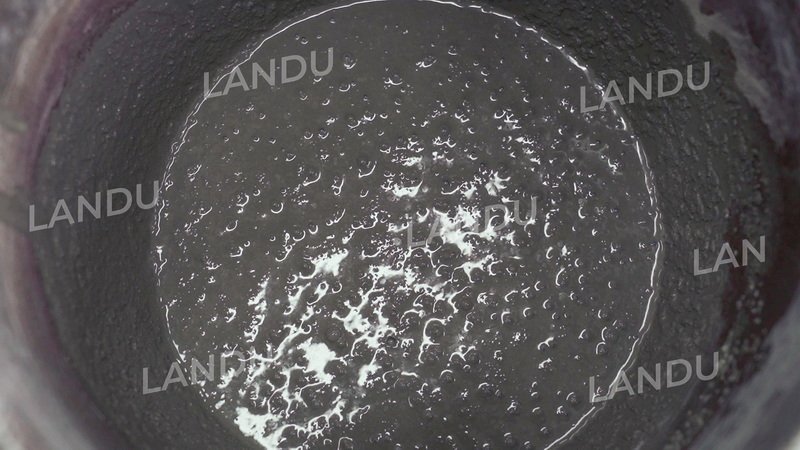
In an industry where every mix matters, construction professionals constantly battle invisible foes that can undermine the integrity of their work. Foam—those pesky bubbles that

Defoamers are vital additives in the construction industry, helping to eliminate unwanted foam and air bubbles in building materials such as concrete, cement mortar, self-leveling
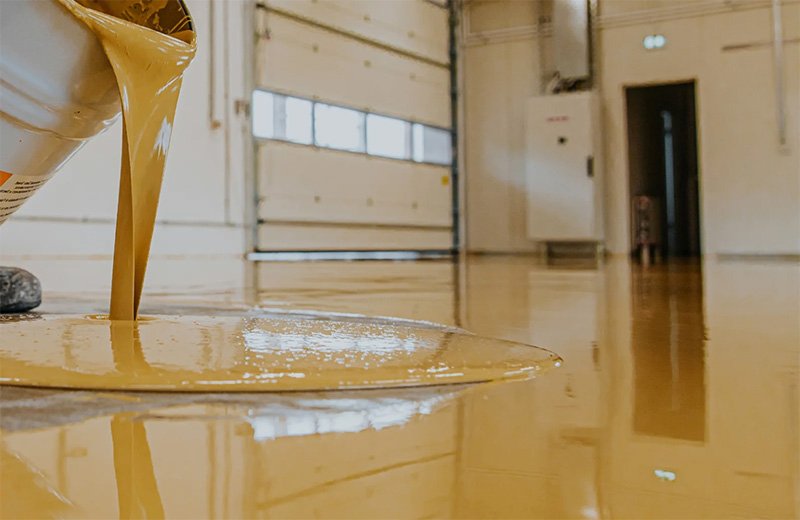
In the construction industry, producing high-quality building materials is vital for ensuring structural integrity, durability, and aesthetic appeal. Defoamers, also known as antifoams, are essential additives
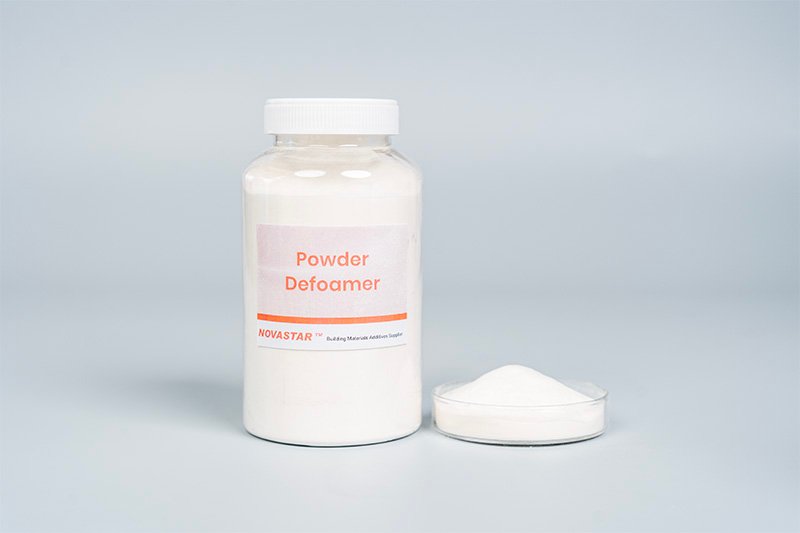
Foam is a persistent issue in many industrial sectors, and the construction industry is no exception. In processes such as cement mixing, mortar preparation, paint
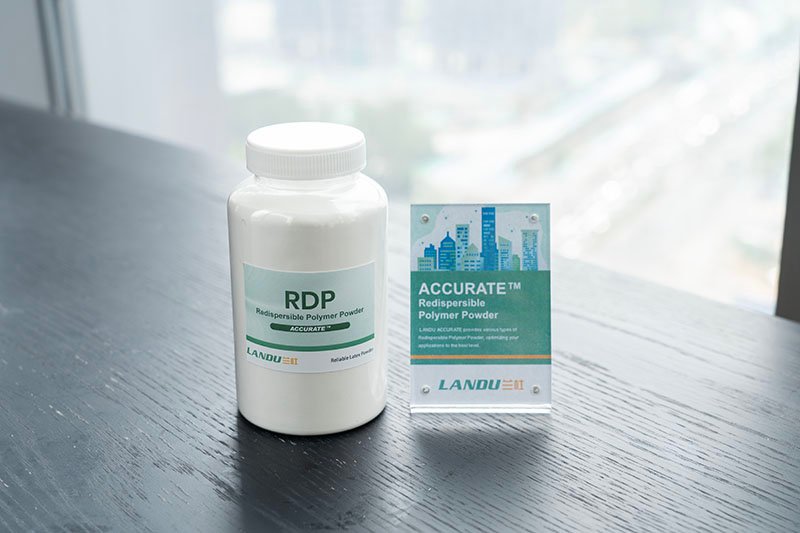
Redispersible polymer powder (RDP) is a transformative additive in construction, significantly enhancing the performance of mortar in various applications. For companies like Landu, incorporating RDP in
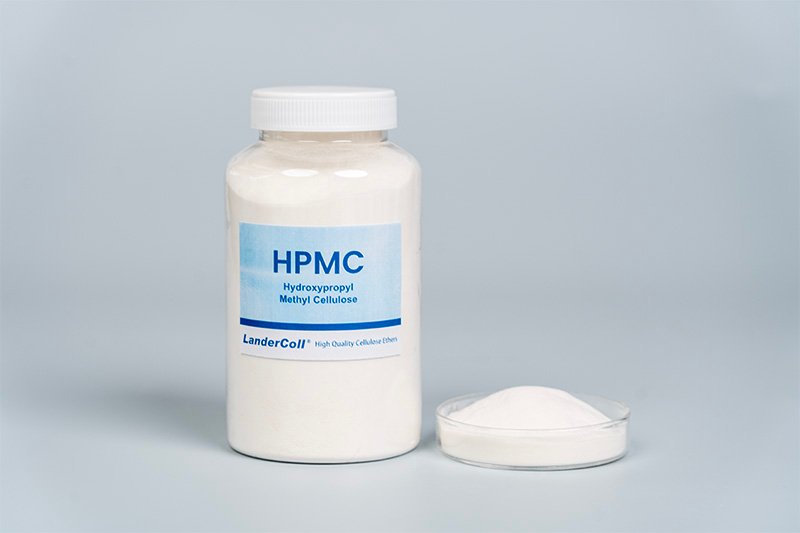
Hydroxypropyl methylcellulose (HPMC) is a key ingredient in detergent formulations, providing essential thickening, stabilization, and emulsification properties. For companies like Landu, selecting reliable detergent-grade HPMC

Hydroxypropyl methylcellulose (HPMC) is a vital additive in construction, pharmaceuticals, and food industries, and China leads the global market in its production. With advanced manufacturing,
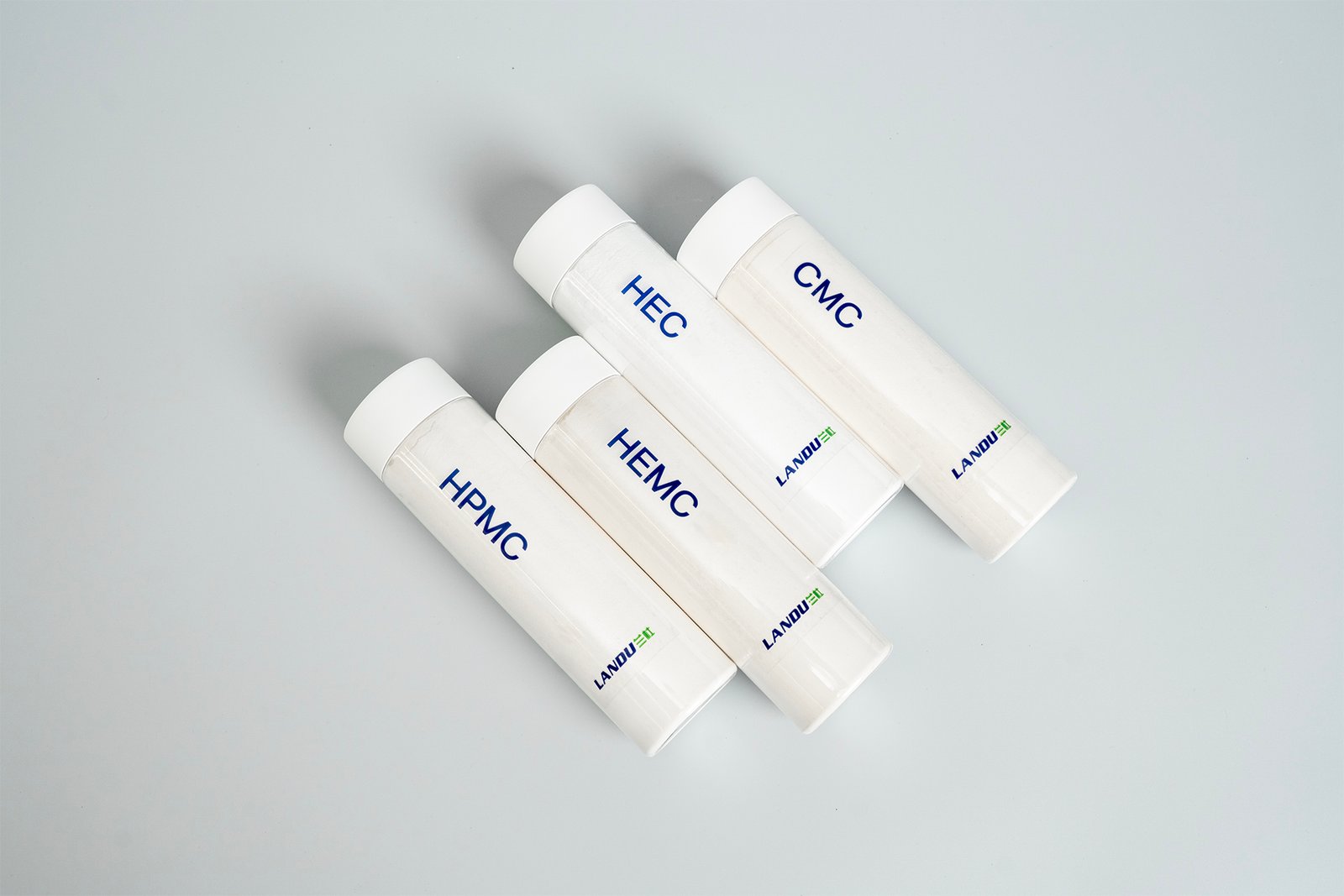
Hydroxyethyl Cellulose (HEC) and Hydroxypropyl Methylcellulose (HPMC) are essential additives in water-based paint formulations, acting as thickeners and stabilizers. Understanding the difference between HEC and